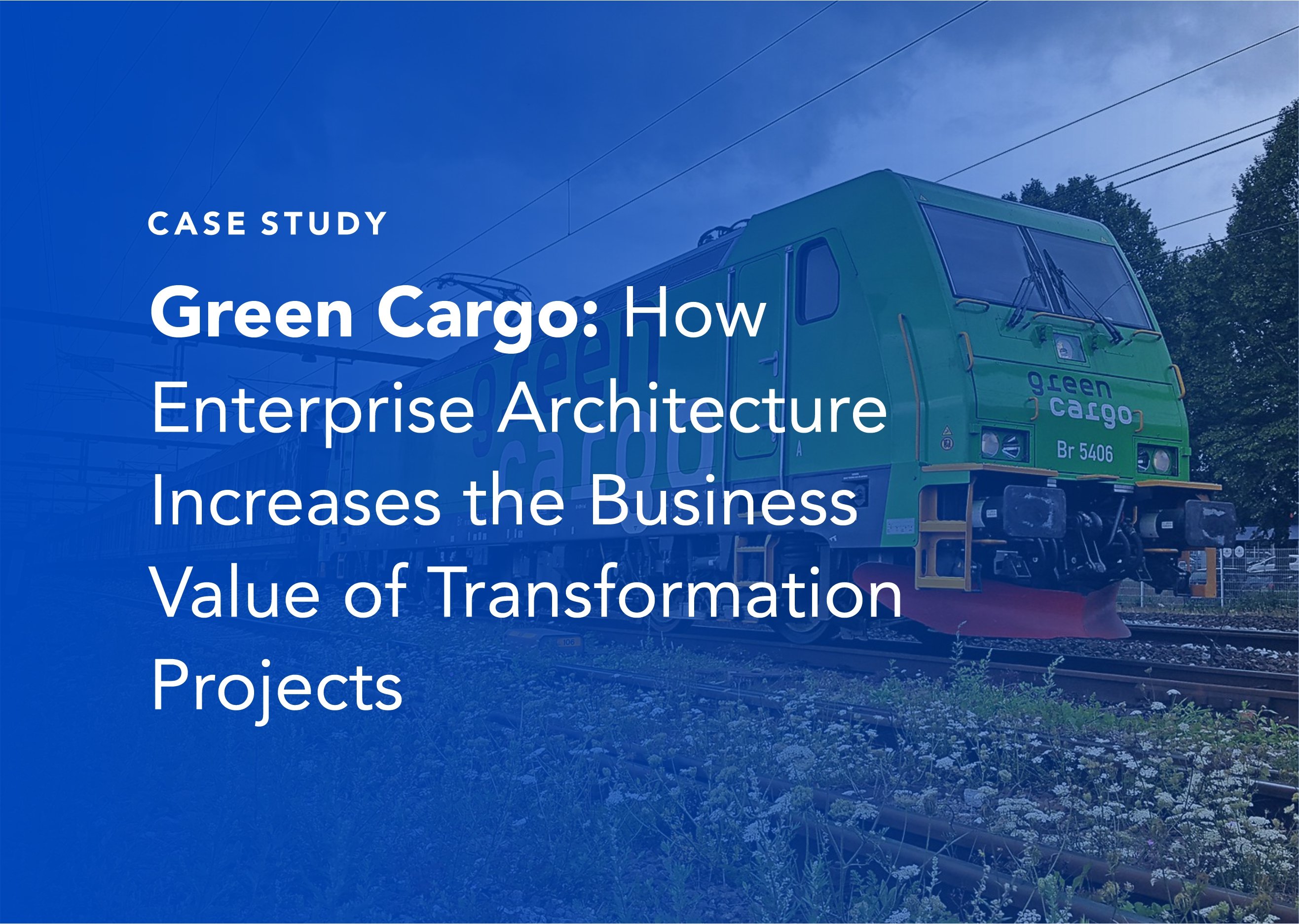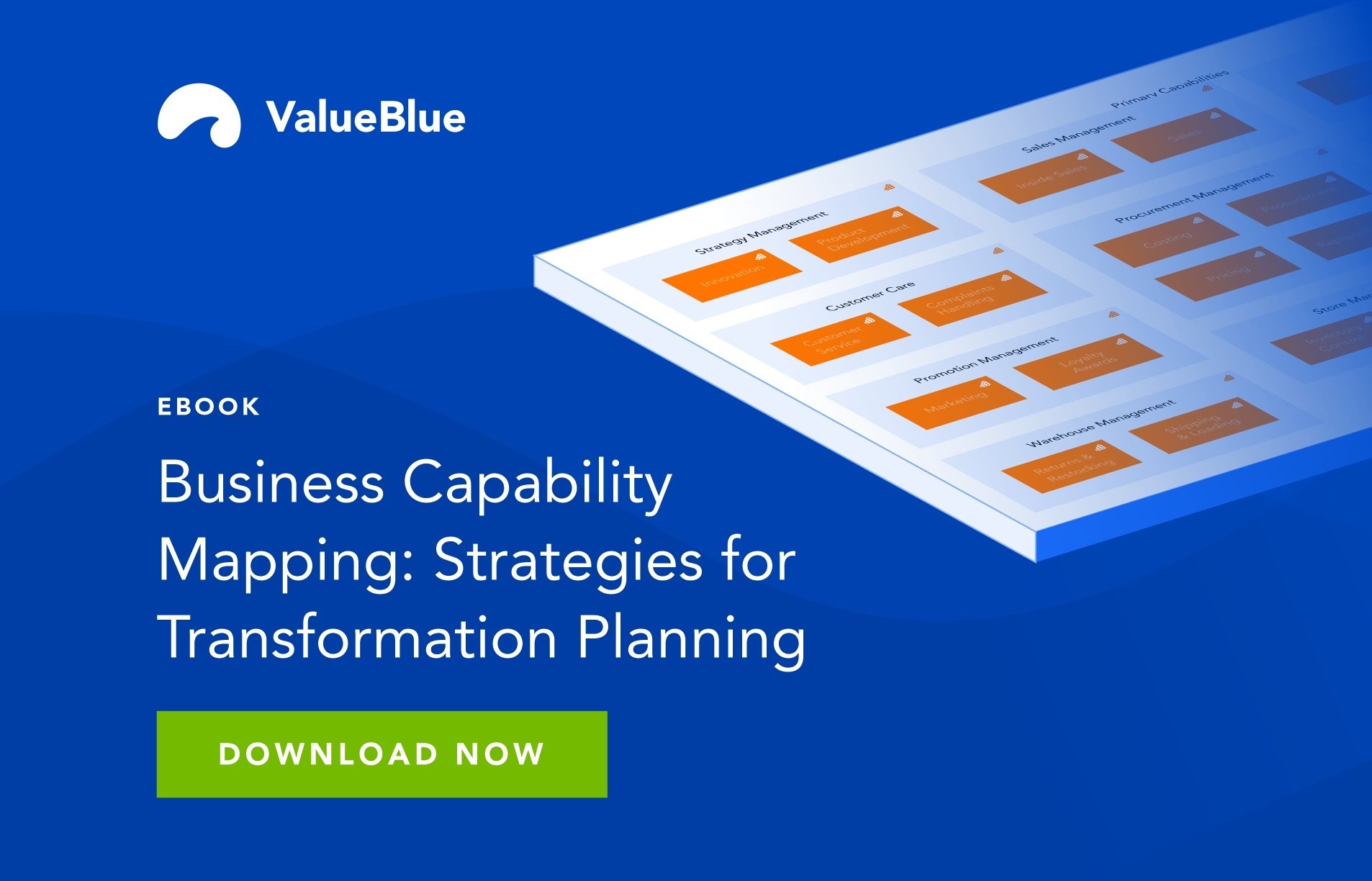Value Refinement in Solution Design: Making Enterprise Architecture Work Better
Businesses must constantly change to keep up with emerging technologies, customer demands, and new regulations. However, instead of examining the problem they need to solve, many start with a specific solution in mind. This can lead to misaligned business goals, too much complexity, and wasted time and money.
Value Refinement helps ensure the solutions you build fit your business and technology architecture, stakeholder expectations, and your company’s big-picture goals for business transformation. By using Value Refinement in Enterprise Architecture (EA), teams can foster collaboration, make informed decisions, and improve their agreed way of working.
In this blog, we show how Value Refinement helps build strong EA, helps teams adopt structured approaches, drives return on investment and leads to real business change.
What is Value Refinement?
Value Refinement means stepping back from a pre-defined solution to examine the core business problem again. It means checking and rechecking a solution’s business value, scope, goal, and path to better fit your strategic objectives, similar to what EA frameworks advocate.
Why Value Refinement Matters
- It brings business and IT together: Business leaders often struggle to understand tech designs. By focusing on value, teams can communicate more clearly using pictures and simple terms, making it easier for everyone to participate and fostering a collaborative enterprise.
- It aligns solutions with business goals: Many tech fixes might seem innovative but don't fix actual business pain points. Value Refinement focuses on what brings real business gains and improves customer experience.
- It stops scope creep: Overemphasis on tech features without considering business impact often means losing sight of what matters most.
- It helps with risk mitigation and cost efficiency: Identifying risks, dependencies, and bottlenecks before heavy investments lets teams change plans early. The rule is simple: fail fast, fail cheap – a principle agile methodologies embrace.
The Value Refinement Funnel: A step-by-step approach
To systematically refine solutions, teams can use a Value Refinement Funnel, which turns a new idea into a well-planned solution. The key steps in this funnel are:
- Customer Journey Mapping
It helps analyze the customer experience by identifying pain points, expectations, and bottlenecks. The 'customer' might be an external client or – in big companies pursuing business transformation – an internal department.
- Value Proposition Canvas
Made by Strategyzer, it is a straightforward way to match customer jobs, pains, and gains with corresponding product or service features. This allows teams to focus on the real issue instead of trendy tech, cutting down on needless complexity.
- High-Level Design
In this step, teams create conceptual visualizations of the solution using simple tools like:
- Free-format drawings
- Storyboards
- Rough UI sketches
- Icons and pictures
This makes the design accessible to all stakeholders, allowing technical and business teams to collaborate effectively. They create a shared understanding of the envisioned solution’s scope, components, and functionality.
- Business Service Blueprint
It shows how a solution changes the current business architecture:
- Customer-facing actions – front-stage actions.
- Back-office tasks – support services, apps, and links.
- Business architecture workflows and what they depend on.
This step provides the key input for detailed designs of process flows, application components, data integrations, information security, and technical infrastructure.
A cycle of improvement
Bear in mind that Value Refinement is not a linear process. Organizations may begin with a solution idea, step back into refinement, iterate multiple times, and return to solution implementation. This agile methodology allows teams to pivot based on evolving requirements, technological advancements, and stakeholder feedback.
Also, Value Refinement is not a new architecture development method. You can find this activity across many Enterprise Architecture frameworks, such as The Open Group Architecture Framework (TOGAF) and Zachman, as well as agile development methods, such as Scaled Agile Framework (SAFe). For example:
- TOGAF: Value Refinement activities are typically found in Business Architecture (Phase B) and Opportunities & Solutions (Phase E), where value streams, business capabilities, processes, and services are aligned with strategic goals, and opportunities for potential solutions are explored.
- Zachman: The Planner (Scope), Owner (Business Model), and Designer (System Model) perspectives address Value Refinement by identifying expected outcomes, ensuring alignment with enterprise objectives, and optimizing system designs to contribute to business value.
- SAFe: It emphasizes continuous value flow through its CDP (Continuous Delivery Pipeline). Value Refinement predominantly contributes to Continuous Exploration (CE) within this pipeline by refining what to build and analyzing customer needs.
Solving Enterprise Architecture problems with Value Refinement
Enterprise Architecture adoption faces multiple challenges, such as:
- Lack of buy-in from stakeholders
- Unclear business value of EA work
- Push-back against set processes
- Hard-to-measure ROI
Value Refinement helps fix these issues by:
- Democratizing EA – By stressing value over technical complexity, EA practices become more open and easy to grasp.
- Helping with big and small choices – Giving a clear yet flexible framework for decision-making.
- Setting rules and guidelines – Allowing precise use of EA frameworks and ensuring they align with business goals.
Example: Value Refinement in customer support
Case
A company wants to improve its customer support experience by introducing AI chatbots. Instead of immediately implementing the technology, they apply Value Refinement.
Steps
- Customer Journey Mapping shows customers face long waits, yet they enjoy talking to real people about complicated issues.
- Value Proposition Canvas finds key 'jobs' customers need: quick answers and caring help for complex problems.
- High-Level Design suggests a mix of AI handling common questions and routing and real agents handling complex cases.
- Business Service Blueprint sets up front-end tools (e.g., chatbots and live agents) and back-office data integrations with CRM and ticket systems.
Result
Instead of merely deploying emerging technologies, such as AI, for innovation, the company optimizes customer experience, aligns solutions with business value, and ensures better buy-in from business leaders.
Build strong Enterprise Architecture with Value Refinement
By embedding Value Refinement into Enterprise Architecture practices, organizations can ensure alignment, optimize resources, and drive transformation. The structured, iterative approach prevents wasted efforts, improves adoption, and enhances business outcomes. Leveraging Value Refinement translates EA from a theoretical practice into a practical, value-driven approach for business leaders, enterprise architects, integration specialists, and infrastructure architects. It fosters a collaborative enterprise, enables better decision-making, and ensures that solutions are technically sound and strategically aligned.
If you're seeking assistance in planning, managing, and collaborating on your next business transformation, contact us for a demo of our SaaS tool, which supports Value Refinement as part of a standardized approach to Solution Design.
.png)


